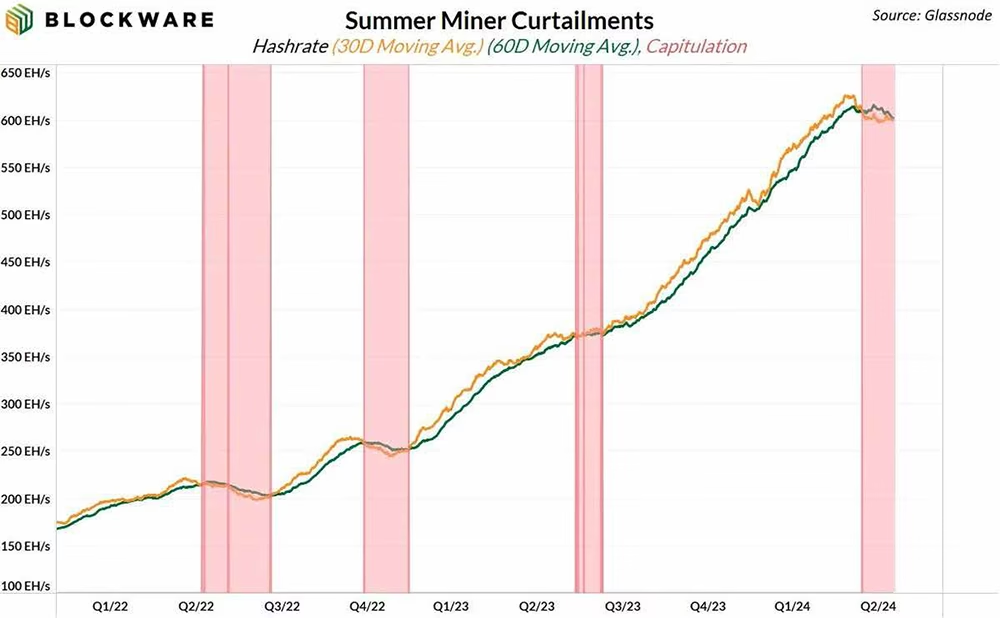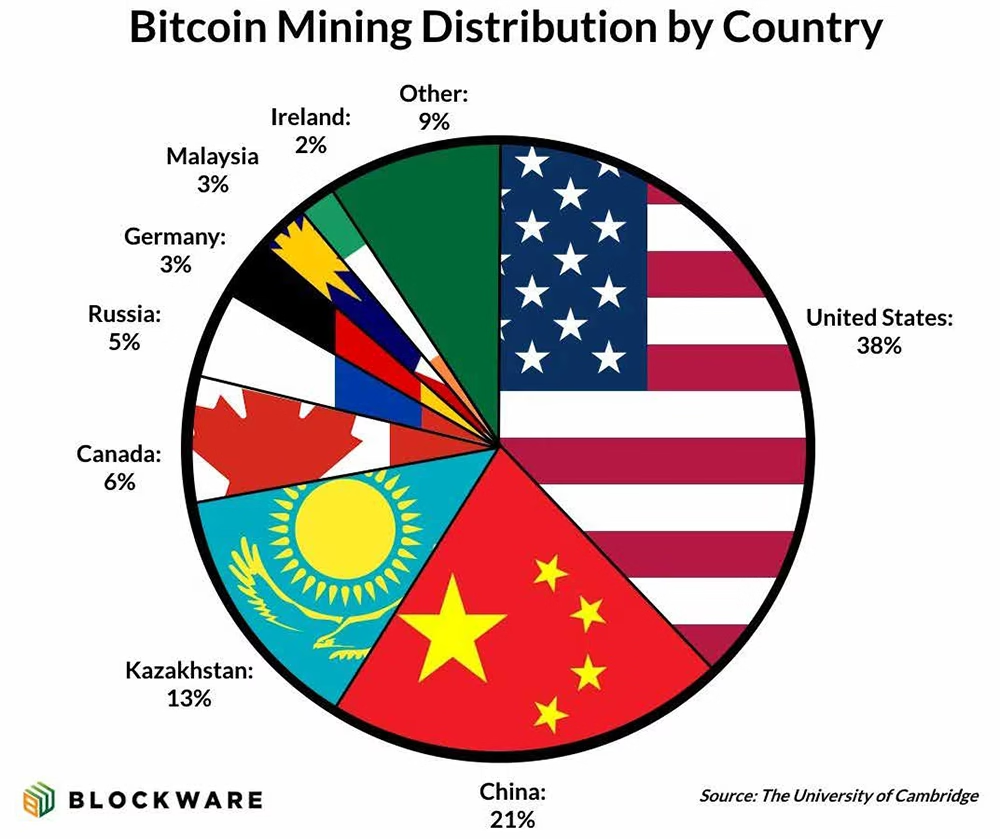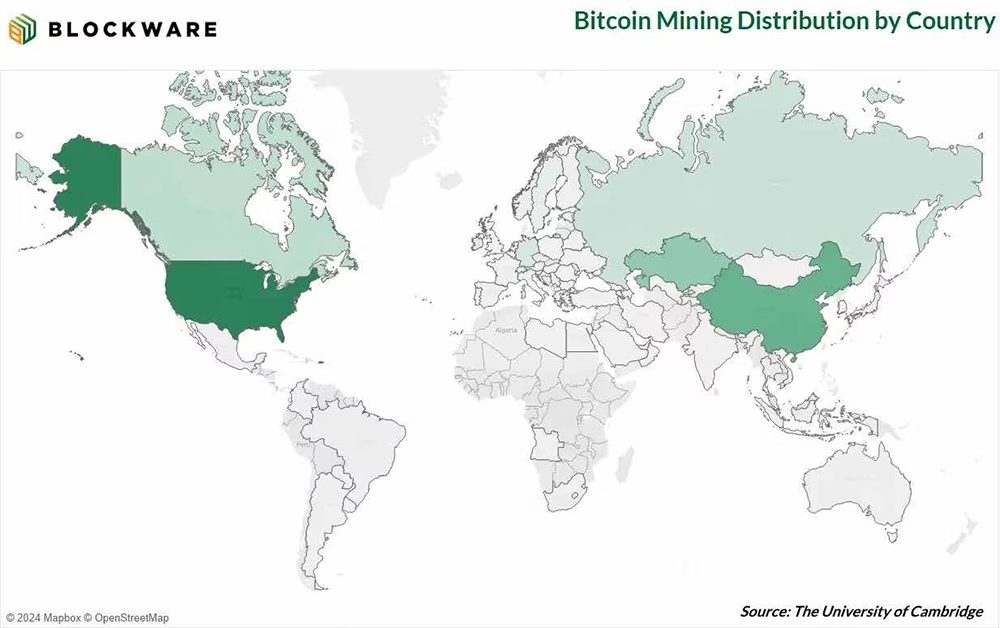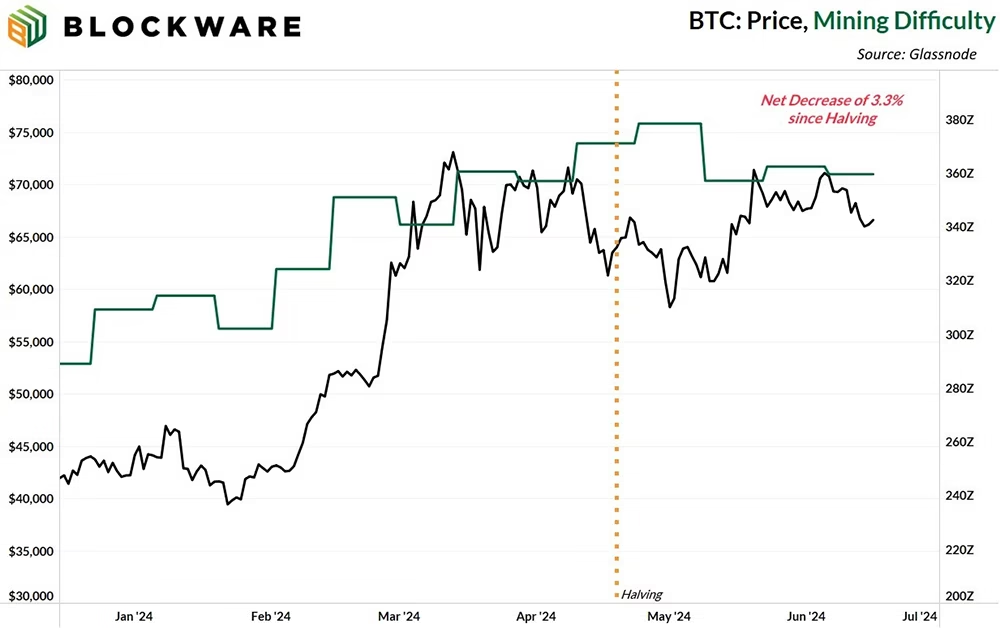The number one operational challenge for Bitcoin miners is heat mitigation. ASICs are large, powerful computers that can reach very high temperatures without proper cooling measures in place.
This, of course, becomes an even more pressing issue during the summer months. Many miners have to curtail operations in part due to overheating, but also due to residential energy consumption reaching high enough levels to activate demand response clauses in miners’ power purchase agreements.
In each of the past two years we have seen hashrate stagnate or decrease during the North American summer months as miners curtail their power consumption.
The Bitcoin mining industry has grown tremendously over the past few years, specifically in the US State of Texas. Texas miners, while benefiting from low power costs and a lack of federal regulations, must face the heat challenge head on, with average temperature highs of 96 degrees Fahrenheit in July and August
According to data from the University of Cambridge, roughly 37% of all Bitcoin mining takes place in the United States. As summer continues heating up, it’s reasonable to expect US-based miners to have heat-induced curtailments.
We’re currently in the midst of a miner capitulation (as indicated by hash ribbons) due to crunched profit margins from the block subsidy halving.
Compound this with summer curtailments and we’re likely looking at a summer of flat hashrate/difficulty growth.
Since the halving two months ago, difficulty has already had a net decrease of 3.3%.





Bitcoin Mining as a Service (MaaS) | Check out our marketplace to start mining today | Hosting sites owned and operated in the USA us